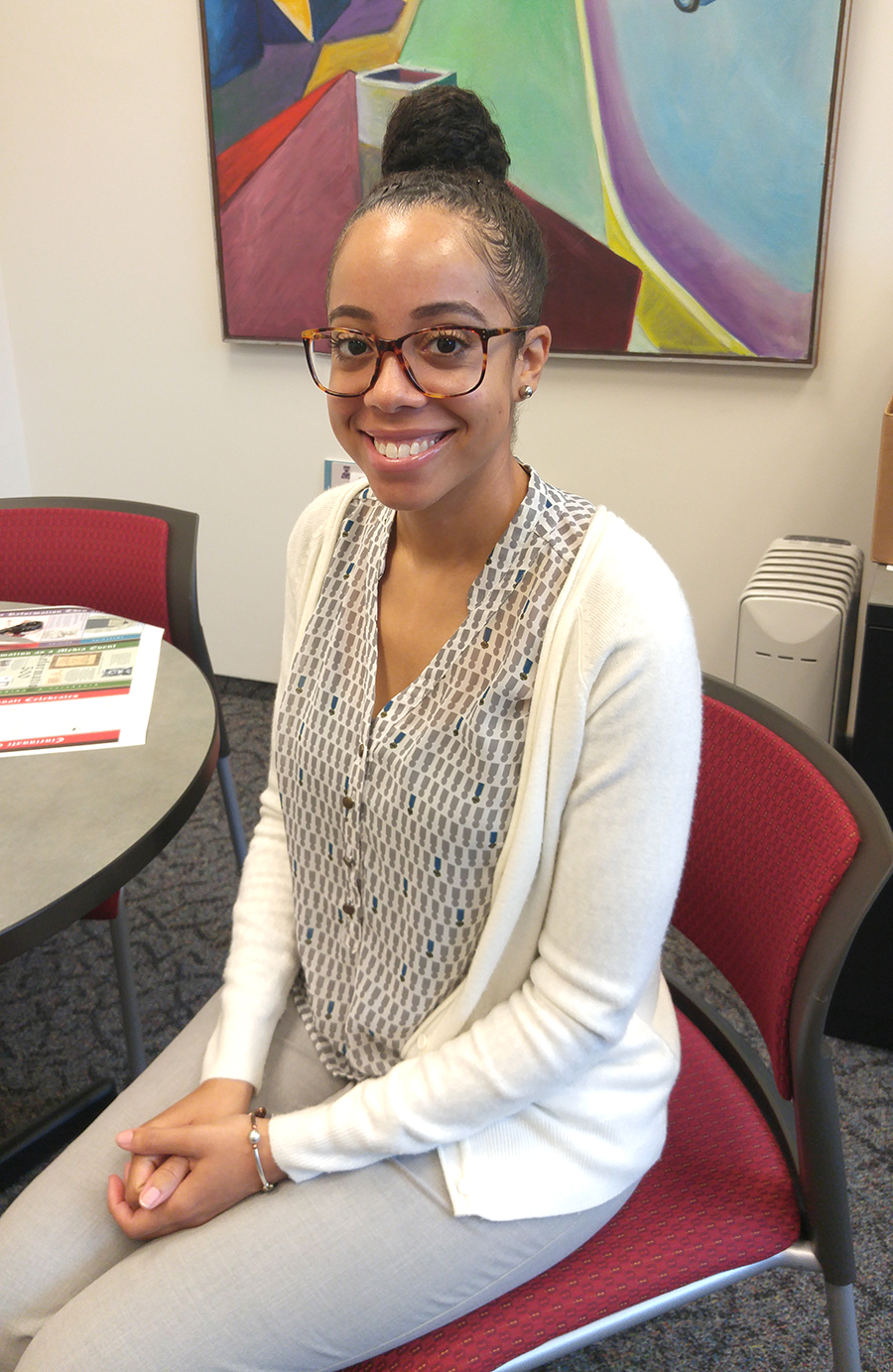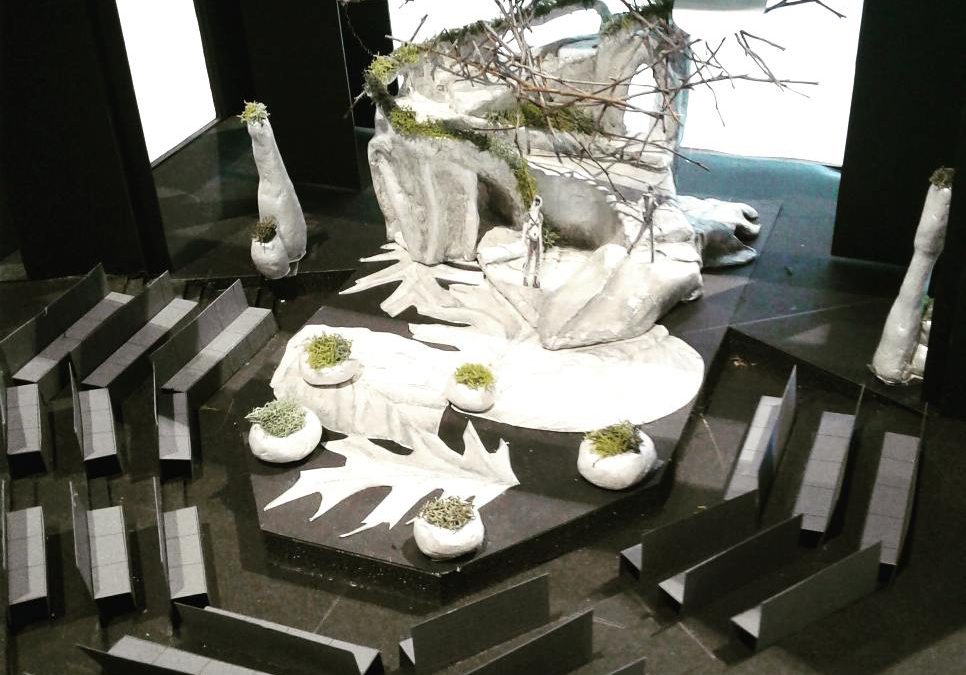The 2 017 Nobel prize in literature has been awarded to the British author Kazuo Ishiguro “who, in novels of great emotional force, has uncovered the abyss beneath our illusory sense of connection with the world”.
017 Nobel prize in literature has been awarded to the British author Kazuo Ishiguro “who, in novels of great emotional force, has uncovered the abyss beneath our illusory sense of connection with the world”.
Ishiguro was born in 1954 in Nagasaki, Japan. His family moved to England in 1960. He was raised bilingual and bi-cultural. He received a B.A. with honors in philosophy and literature from the University of Kent and a M.A. in creative writing from the University of East Anglia. He published his first novel, A Pale View of Hills, in 1982. It was recognized with Winifred Holtby Award from the Royal Society of Literature in 1983. Ishiguro’s second novel, An Artist of the Floating World (1986) was also a success as evidenced by Whitbread Book of the Year Award. In 1989 the author won the prestigious Booker Prize for his bestseller The Remains of the Day. Ishiguro was named to the Order of the British Empire for his literary work in 1995.
Two of Ishiguro’s novels were adapted into feature films: The Remains of the Day (1993, starring Anthony Hopkins and Emma Thompson) and Never Let Me Go (2010, directed by Alex Garland).
His most recent novel, The Buried Giant (2015), is set in the times of King Arthur and explores themes from British folklore.
UC Libraries’ collections feature a number of books by Kazuo Ishiguro, including records of conversations with the author. Library databases, such as Literary Resource Center and Literature Resources Center, provide a wealth of information about Kazuo Ishiguro and his works.
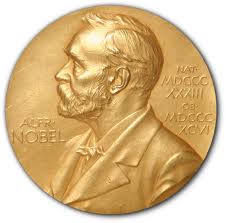 The Nobel Prize in Literature has been awarded to 114 authors since 1901. Past laureates include Rabindranath Tagore, Bob Dylan, John Steinbeck, Pablo Neruda, Gabriel García Márquez, and Ernest Hemingway.
The Nobel Prize in Literature has been awarded to 114 authors since 1901. Past laureates include Rabindranath Tagore, Bob Dylan, John Steinbeck, Pablo Neruda, Gabriel García Márquez, and Ernest Hemingway.
Olga Hart
References
“Facts on the Nobel Prize in Literature”. Nobelprize.org. Nobel Media AB 2014. Web. 5 Oct 2017. http://www.nobelprize.org/nobel_prizes/facts/literature/index.html
“Kazuo Ishiguro.” Contemporary Authors Online, Gale, 2016. Literature Resource Center. Accessed 5 Oct. 2017.
“Kazuo Ishiguro.” Contemporary Literary Criticism Select, Gale, 2008. Literature Resource Center. Accessed 5 Oct. 2017.
“The Nobel Prize in Literature 2017”. Nobelprize.org. Nobel Media AB 2014. Web. 5 Oct 2017. http://www.nobelprize.org/nobel_prizes/literature/laureates/2017/


 Beginning Sunday, Nov. 12, a valid UC I.D. is required to enter Blegen Library, home of the Archives and Rare Books Library, John Miller Burnam Classics Library, the Albino Gorno Memorial Music (CCM) Library and the Classics Department, after 5pm.
Beginning Sunday, Nov. 12, a valid UC I.D. is required to enter Blegen Library, home of the Archives and Rare Books Library, John Miller Burnam Classics Library, the Albino Gorno Memorial Music (CCM) Library and the Classics Department, after 5pm.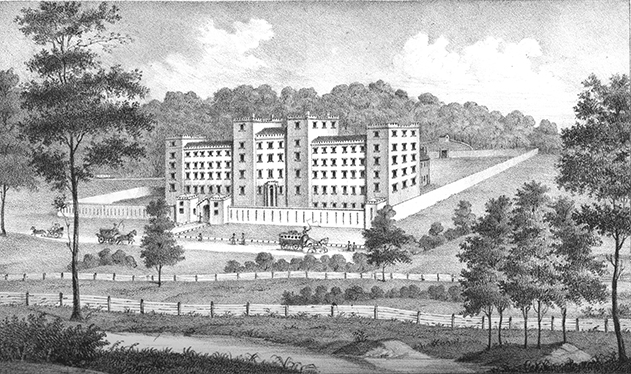
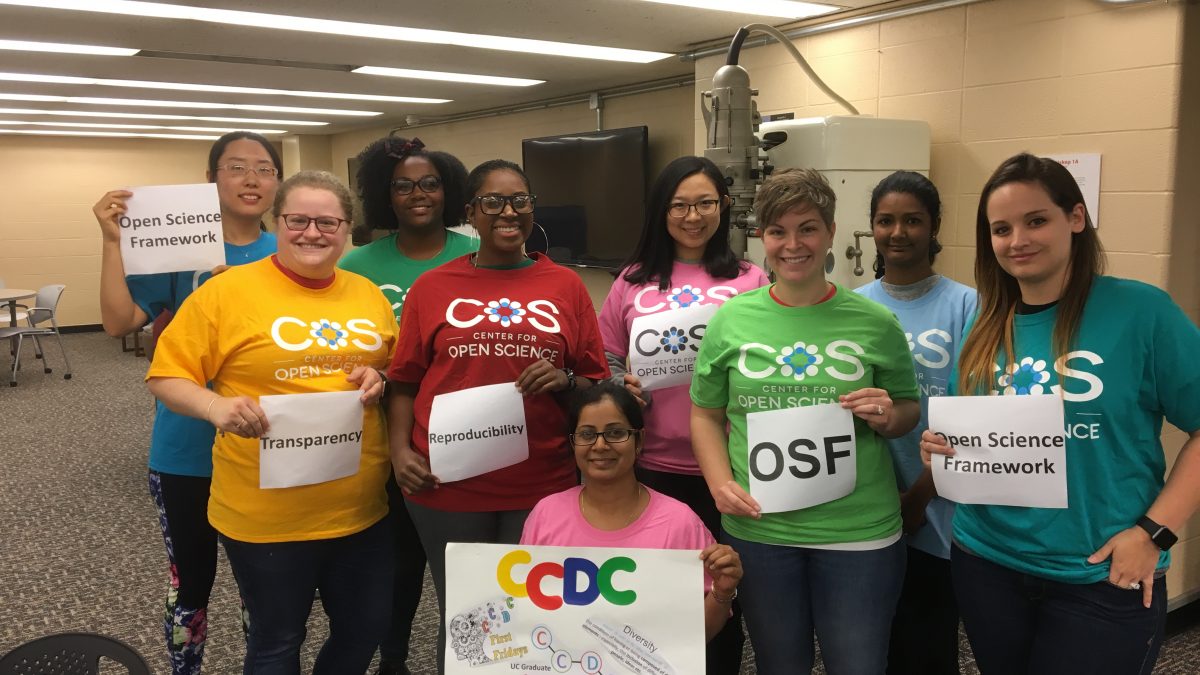
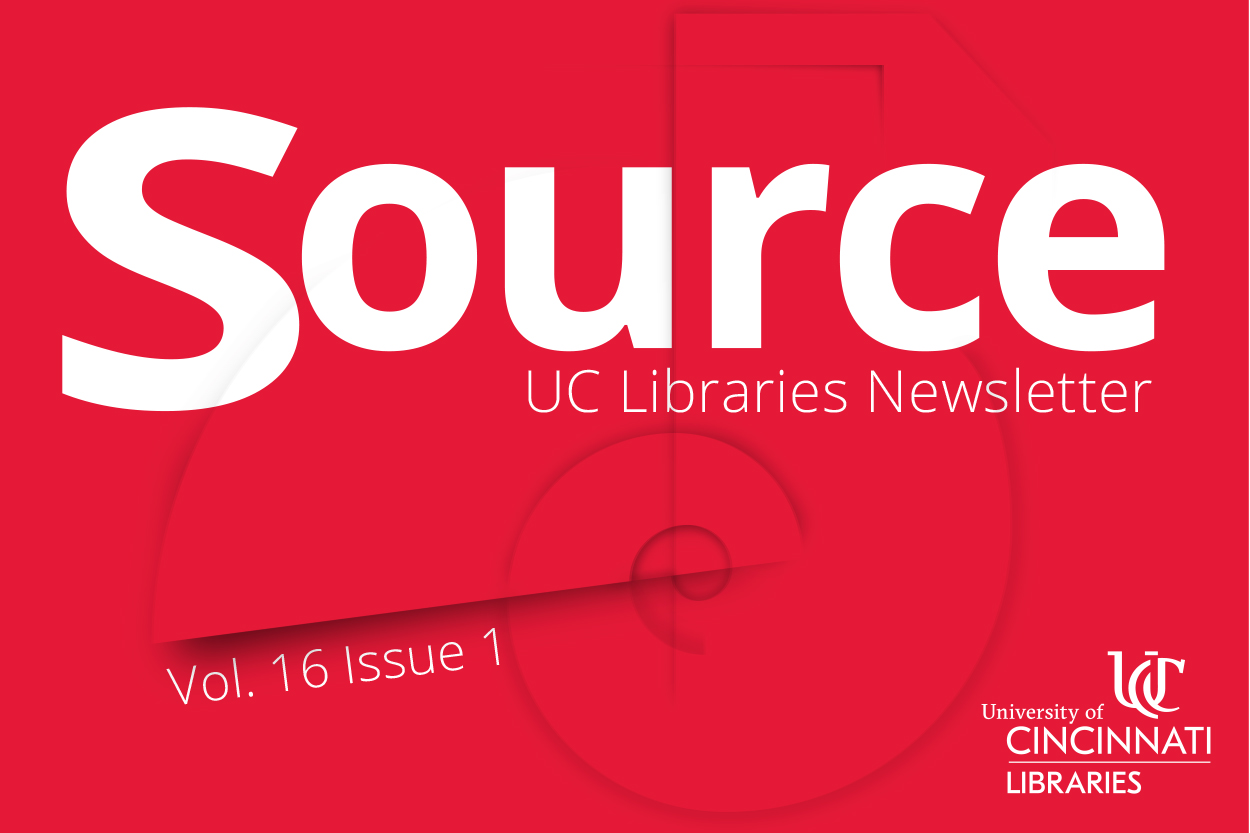 Read Source, the online newsletter, to learn more about the news, events, people and happenings in UC Libraries.
Read Source, the online newsletter, to learn more about the news, events, people and happenings in UC Libraries. By Kendall Smith
By Kendall Smith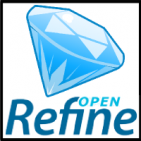 OpenRefine,
OpenRefine, 